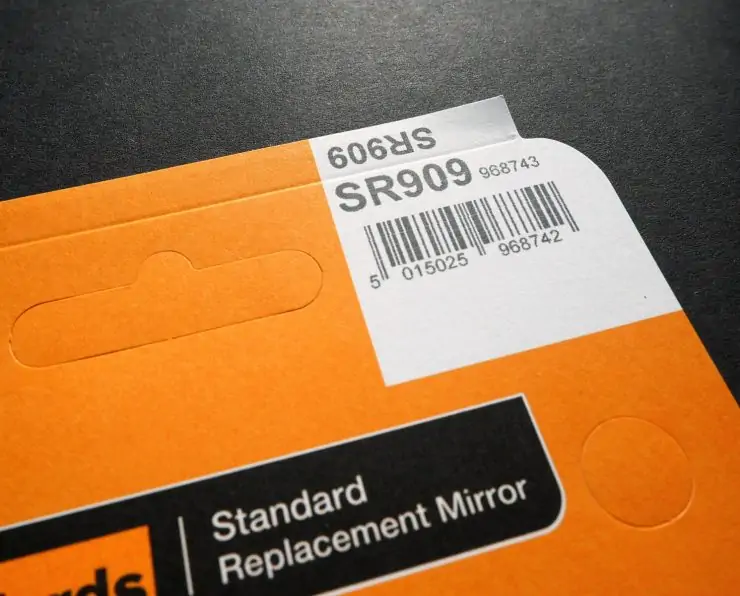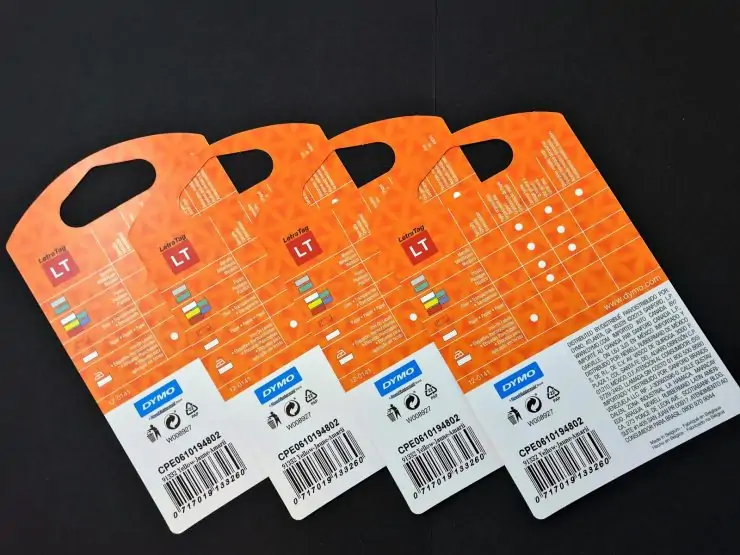Barcodes play a vital part in manufacturing, logistics and trade. They allow for the efficient collection of data, prevent input errors and even control entire systems. However, they only work if they can be correctly read by scanners and cameras.
Here are some tips that could help prevent common causes of barcode failure.
1. Print high-contrast
The higher the contrast of the code against the substrate, the easier it is for the scanner to read. Certain colour combinations are unfavourable (e.g. red on white or black on blue). The best contrast is achieved with a black print onto a white, opaque background.
2. Choose matte surfaces
Glossy or shiny materials can affect readability as they don’t often optimally reflect the scanner’s infrared light or they diffuse it too much. Try the following trick: Print the barcode inverted by reversing the colours – instead of printing black lines, print white gaps.
3. Don’t violate quiet zones
For the reader to accurately recognise the beginning and end of the code, there needs to be a sufficiently large white area around it – the ‘quiet zone’. This area should be at least 5 times the width of the narrowest bar. Ensure that even subsequent finishing (e.g. film lamination) does not disturb the quiet zone.
4. Ensure proper print quality
If parts of the barcode are damaged, it is no longer readable by scanners or cameras.
The printer itself can affect the print quality if, for example, the printhead is clogged up or damaged. You can prevent this by covering the cartridge during downtime.
Incidentally, a data matrix code isn’t as complicated as the barcode. Due to its high fault tolerance, it remains legible even up to 30% of its code is damaged.
5. Follow specified standards
In some cases, you will need to ensure that your barcodes will be accepted by any other companies throughout the supply chain, maybe even internationally. This means that your barcodes must meet certain requirements that specify your barcode’s print quality, height, colour and background as well as it’s position on the label or packaging. Organisations such as GS1, which drive the global development and standardisation of barcodes, provide guidelines, tools and services.
6. Accessibility
To allow for easy reading of the barcode, it must not be obscured by any other objects during the scanning process. Make sure that the barcode is easily accessible and protected from dirt, buckling and any other potential damage risks.



